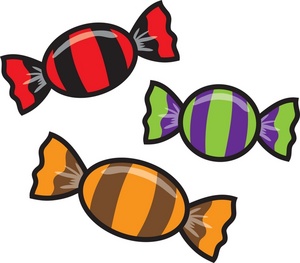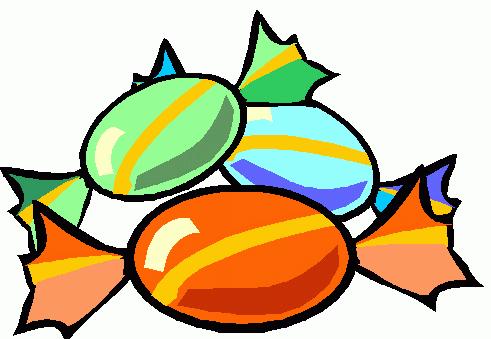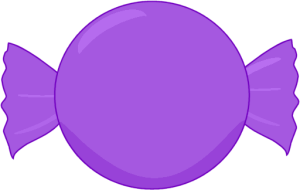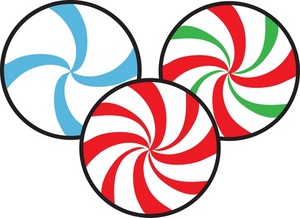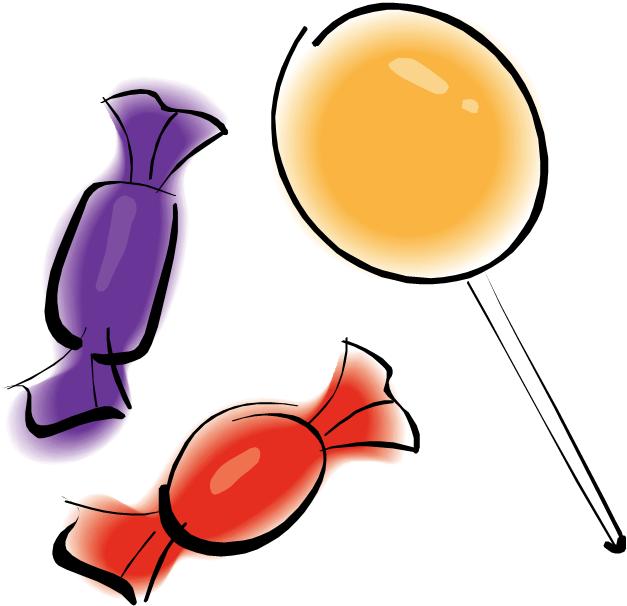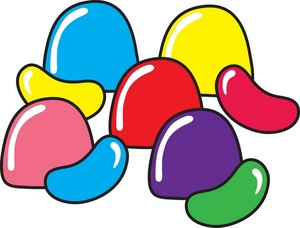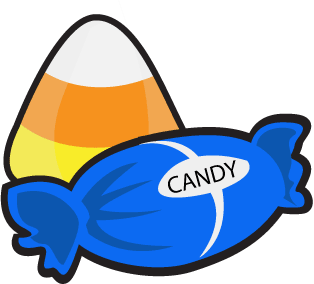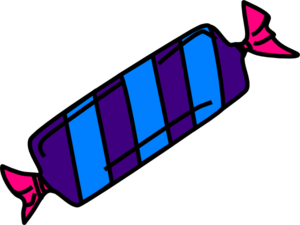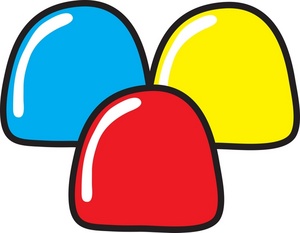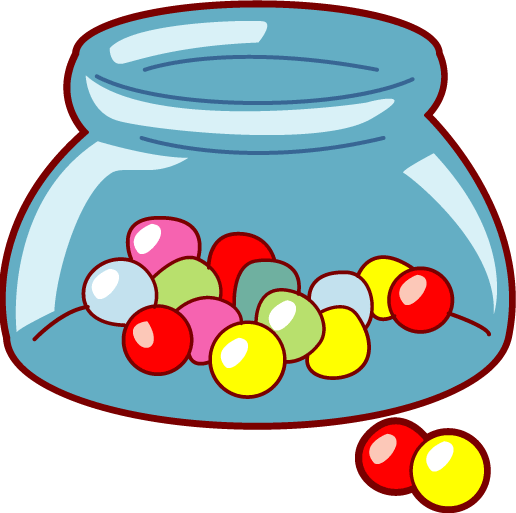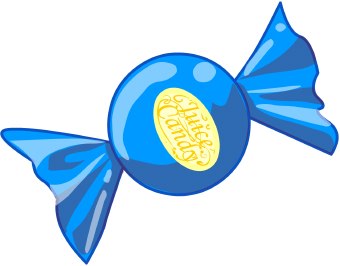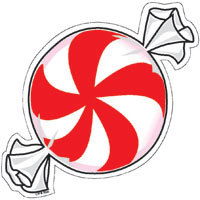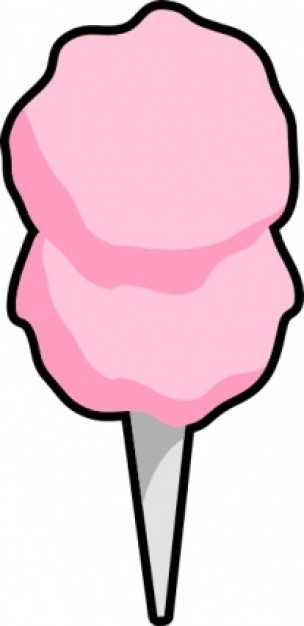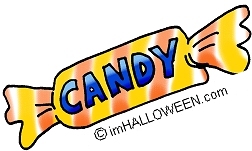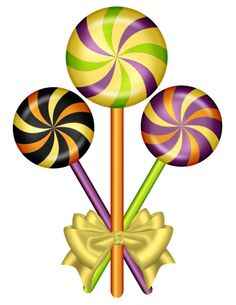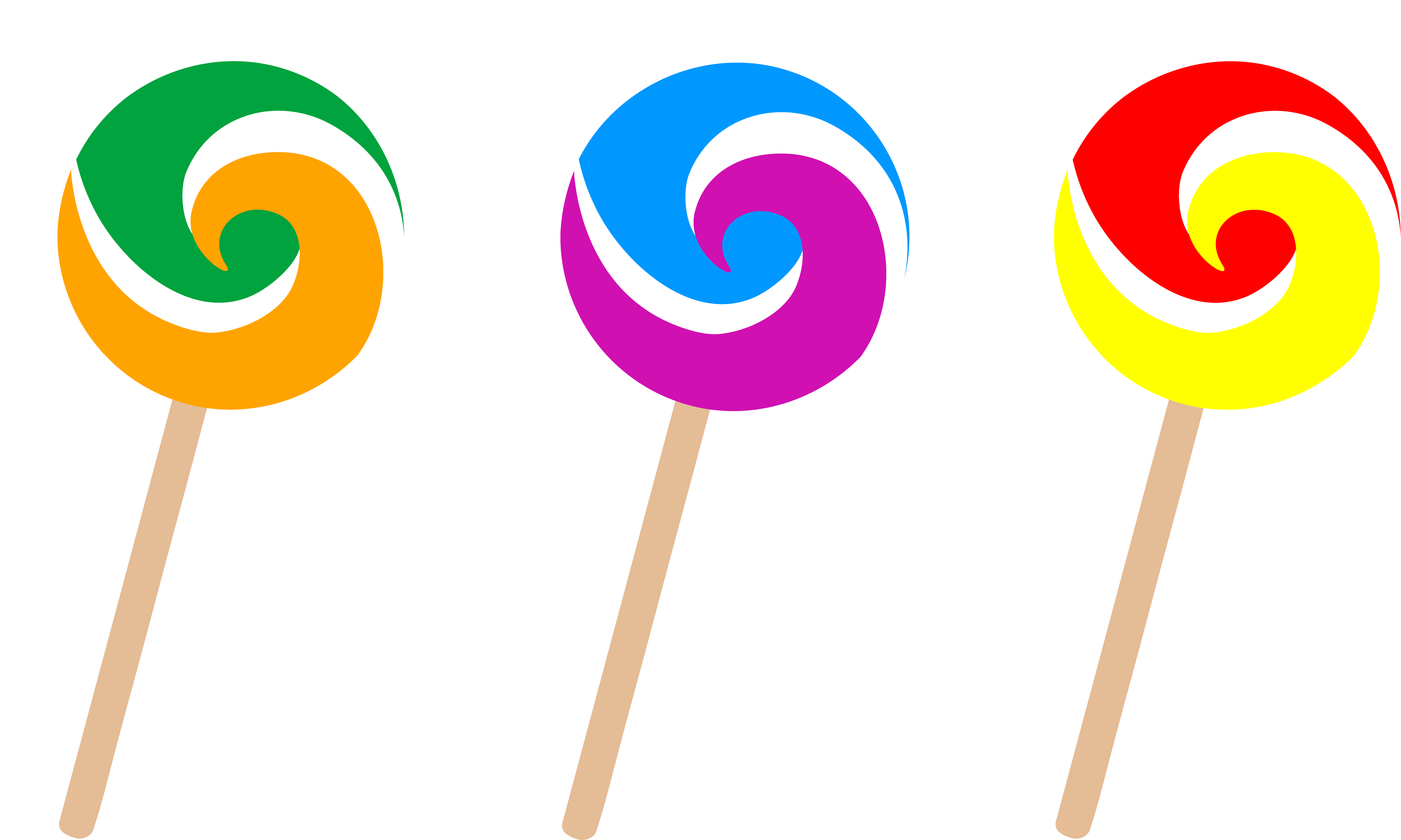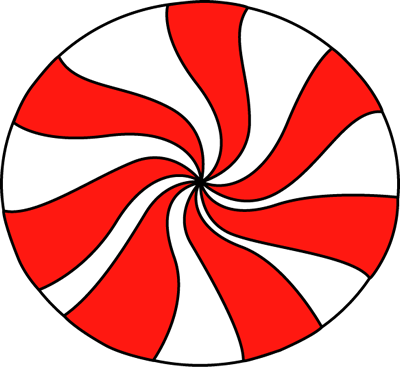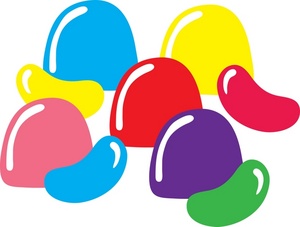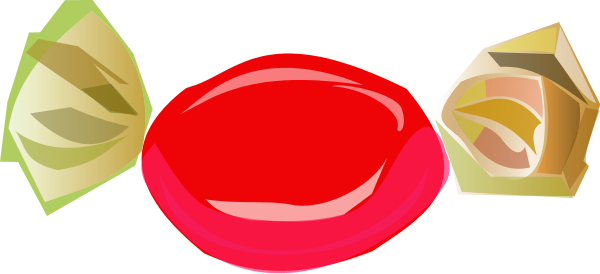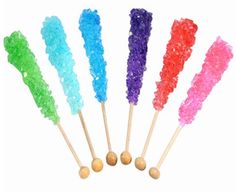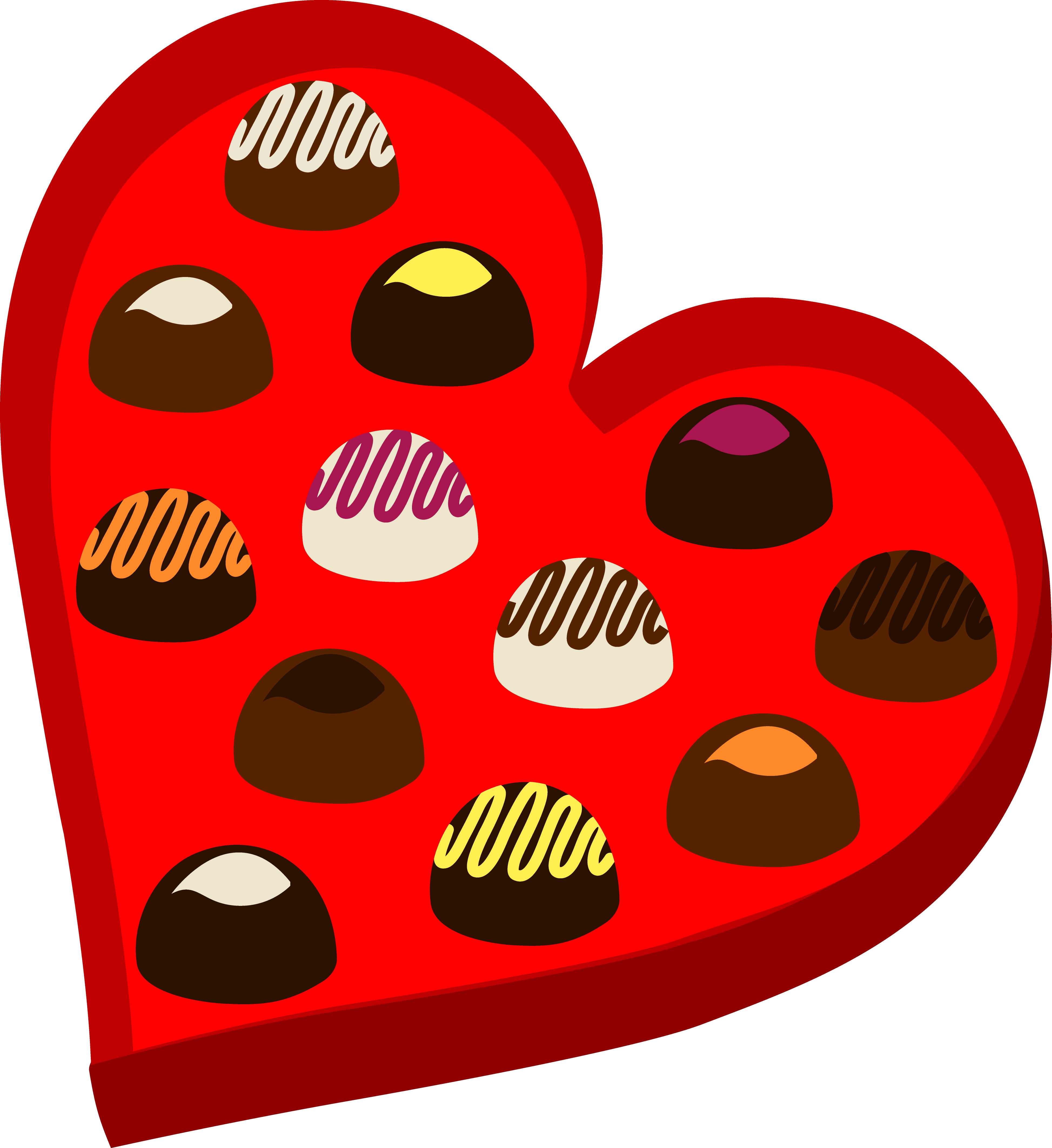Candy Clipart
Candy is a confection made from sugar that comes in a variety of forms and flavors. The origins of candy can be traced back thousands of years to ancient civilizations that used honey and fruit to create sweet treats. Candy progressed through developments in sugar cultivation and trade as societies learned how to refine sugar from sugarcane, sugar beets, and other plants.
Today, candy is beloved by people all over the world as a tasty food that evokes childhood nostalgia and joy. The global candy industry generates over $200 billion per year as companies produce chocolates, sweets, and confections for consumers with a collective sweet tooth.
Types of Candy
There are numerous types of candy made from sugar, cacao beans, fruit, nuts, and other ingredients:
Chocolate – Candy made from cacao beans and cocoa butter, exists in dark, milk and white varieties. Some popular kinds include chocolate bars, bonbons filled with liqueurs, truffles, fudge and chocolate-covered nuts or fruits.
Hard Candy – Drops, lozenges and lollipops made from sugar, corn syrup, water and flavorings that create a hard, crunchy texture. These candies often have fruit or mint flavors.
Gummies – Gelatin or pectin-based chewy, colorful and fruit-flavored candies shaped as bears, worms, cola bottles and more. Sugar, corn syrup and natural & artificial colors are used to make gummies.
Caramels – Buttery, creamy confections made from sugar, cream, corn syrup cooked to specific temperatures and textures, then flavored with vanilla or cocoa. They can be wrapped as candies or used as inclusions.
Taffy – A sticky, chewy candy made by whipping sugar to incorporate air bubbles and creating a fluffy texture before forming and wrapping taffy. Popular flavors include banana, peach, watermelon and more.
Candy Ingredients
While ingredients vary across candy types, most contain some combination of the following:
- Sugar – Sucrose provides basic sweetness and structure to candy
- Corn syrup – Controls crystallization and helps bind ingredients
- Fats – Cocoa butter, milk fat or vegetable oils provide creamy textures
- Colors & flavors – Natural & artificial colors, oils, essences influence taste
- Gelatin/pectin – Used in gummy candies to create chewy texture
- Nuts – Peanuts, almonds, cashews add flavor and crunch
Candy Production
Commercial candy manufacturing occurs in factories using specialized equipment and processes:
- Mixing – Blending liquid and dry ingredients in large heated vessels
- Cooking – Heating candy mass to specific temps to achieve certain physical properties
- Cooling and stretching – Cooling taffy on chilled slabs and using hooks to pull it to aeration and proper texture
- Molding – Pouring liquid candy into shaped molds to set and harden for items like chocolates
- Coating – Tumbling candy centers in chocolate or sugar shells in spinning pans
- Packaging – Wrapping, bagging or boxing finished candy for shipment
Popular Candy Brands
Many iconic candy brands delight consumers with their enduring products:
Mars – Famous for M&Ms, Milky Way, Snickers and other chocolate candies packed with nuts, nougat and other ingredients
Hershey’s – Renowned for chocolate bars, Kisses, Reese’s Peanut Butter Cups and acquisitions like Jolly Rancher hard candy
Haribo – Specializes in an array of gummy candies originally created using a secret Hansen family recipe
These companies invest in candy innovation and brand marketing to maintain their status as beloved treats.
Candy Consumption Trends
Candy consumption varies globally based on income levels and regional taste preferences:
- Developed countries like Switzerland, Ireland, UK, Germany and Norway have some of the highest annual per capita candy consumption levels, ranging from 22-30 pounds per person
- 74% of candy sales in the U.S. are chocolate while 25% are sugar confections
- Seasonal peaks in candy sales occur around holidays like Halloween, Easter and Christmas
- Fruity and sour candy consumption is rising across age groups as consumers crave exciting candy experiences
Candy and Health
Candy is a sugary treat associated with the following effects:
- Tooth decay – Hard, chewy and acidic candies lower mouth pH promoting cavities and erosion
- Weight gain – Candy provides excess calories with little nutrition, which can lead to obesity if overeaten
- Blood sugar issues – High glycemic index candies swiftly spike blood glucose posing concerns for diabetics
However, moderate candy consumption can be part of a balanced lifestyle for most people.
Introduction to Candy Clip Art
Clip art constitutes ready-to-use vector images, illustrations and icons that can be utilized in digital documents and projects for non-commercial purposes without copyright issues. Candy clip art encompasses colorful, fun graphics of different candy items and related themes.
Types of Candy Clip Art
Candy clip art spans many sweet themes:
- Candy bars, lollipops, gumdrops, rock candy, candy canes and other novelty candies
- Candy buckets, jars, boxes, bags and other container graphics
- Candy party imagery like piñatas and candyland themes
- Decorative elements like polka dots, stripes, hearts and stars accented with candy
The digital art style ranges from flat minimalist drawings to more detailed realistic renderings.
Using Candy Clip Art
Candy clip art can enhance promotional materials, school work, arts and crafts projects, etc:
- Flyers & Invitations – Advertise parties and candy sales with decorative candy graphics
- Greeting cards – Make homemade cards more festive inside and on envelopes
- Labels & Tags – Personalize candy bags, jars, packages
- Digital reports/blogs – Illustrate candy-related articles or school presentations
Vintage and hand-drawn aesthetics help convey sweetness and nostalgia. Clip art injects color, emotion and visual storytelling
In this page clipartix present 66 candy clipart images free for designing activities. Lets download Candy Clipart that you want to use for works or personal uses.

